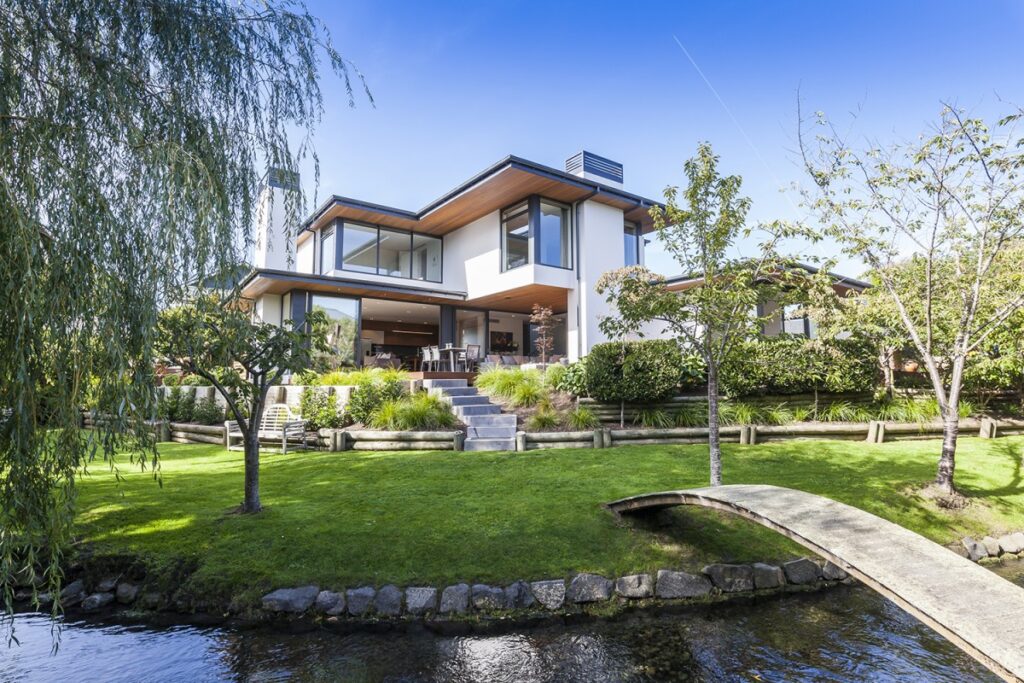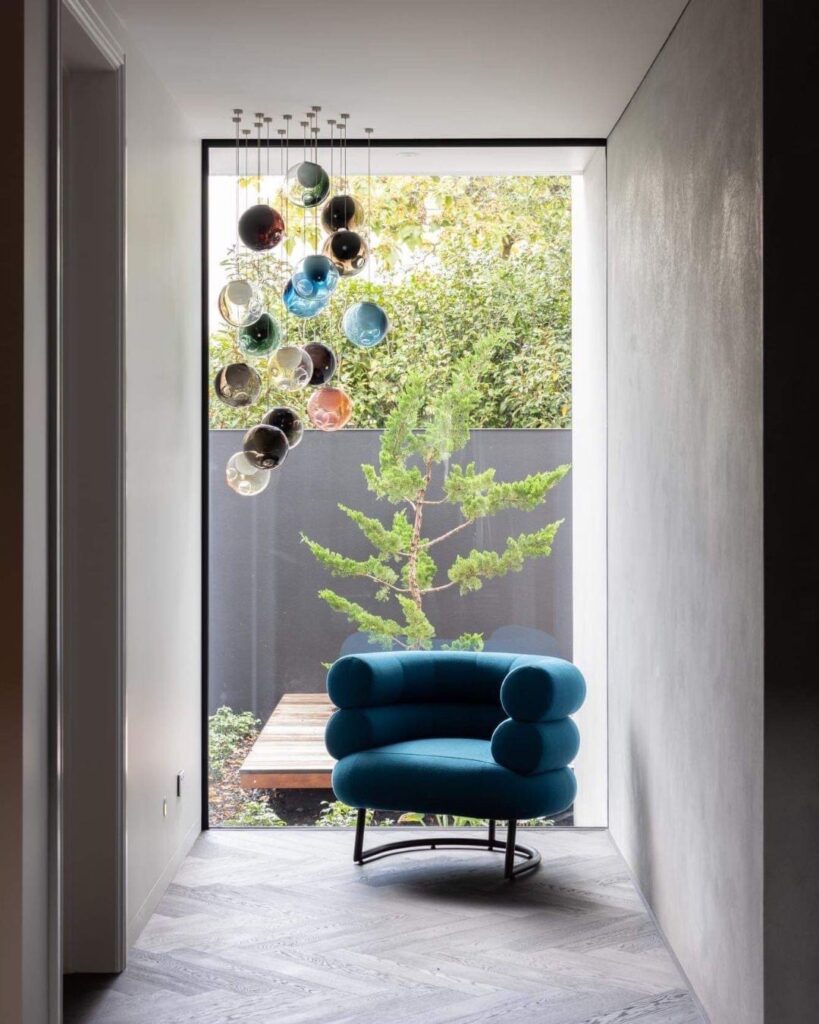About Celcrete
New Zealand’s Original Lightweight 50mm Concrete Specialists
At Celcrete, we’re proud to be a New Zealand owned and operated business, with offices in Christchurch and Tauranga, servicing the entire country.
For decades, we’ve been helping homeowners, architects and builders create strong, beautiful homes with the best in lightweight concrete cladding.
As one of the longest standing vented cavity systems on the market, Celcrete AAC provides a solid, lightweight solution for both residential and commercial buildings – designed for durability, style and performance. We deliver top quality products, expert installation support and exceptional service.
Alongside our skilled, qualified and trusted team, applicators and contractors, we have proven systems in place to provide the best combination of products, service and reliability to our clients.


Who We Work With
We’re passionate about bringing our clients visions to life, and that starts with using only the best products in the business – that’s why we’re proud to be exclusive partners with Novacolor, using and distributing only the best venetian plasters in the market.
Our Celcrete System and complementary products have been rigorously tested and certified to meet New Zealand Building Code requirements, ensuring they perform reliably in New Zealand’s unique conditions.
Celcrete uses Rendertek Plaster as part of the tried-and-true system. This system has been specially designed to provide and easy-to-use, aesthetically pleasing, extremely durable, flexible and crack-resistant coating.
Contact us to find out how Celcrete could work for you
Whether you’re a homeowner, builder, architect or plasterer, we’d love to hear from you

